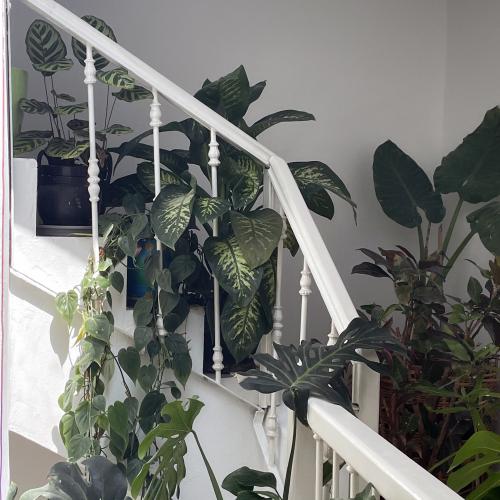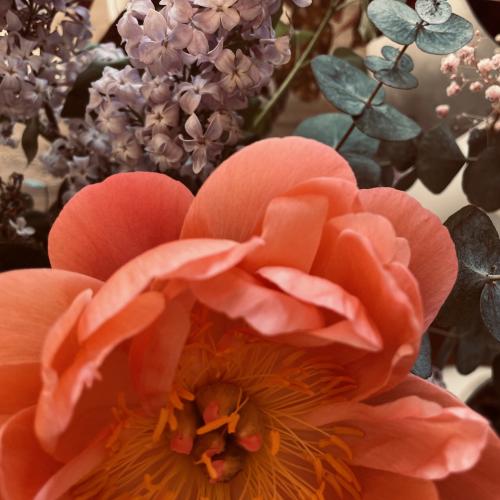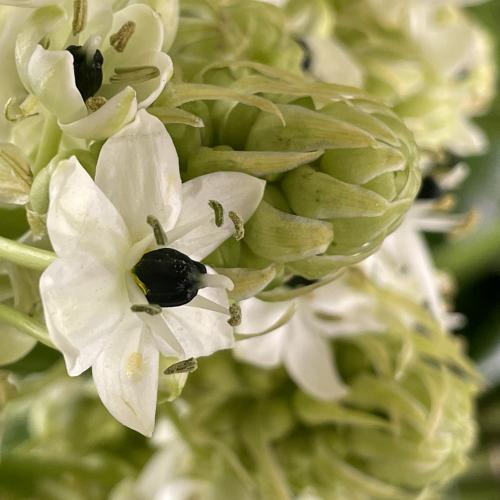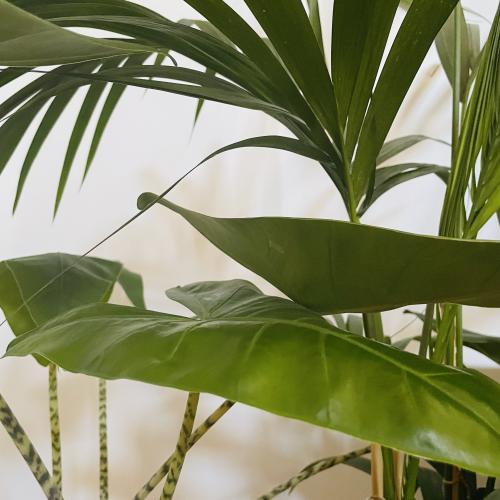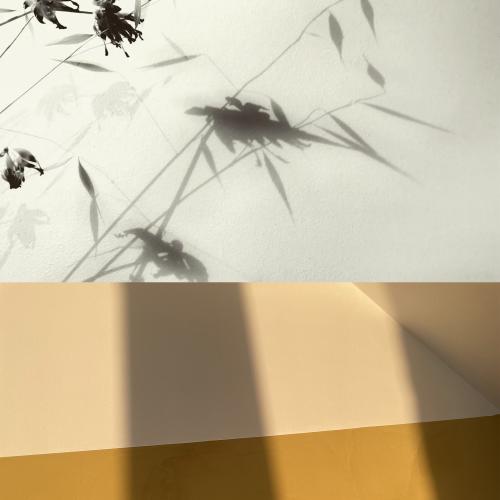Home Jungle or plant scenography in the home
For the pragmatic... The main points
Bringing nature at home is a good idea for your health and good mood!
Plants have many magical powers that you may not realise. They are:
• Pollution control. They absorb certain pollutants and convert carbon dioxide into oxygen.
• Moisturising. Plants transpire and therefore humidify the air.
• Absorb noise thanks to the "dynamic surface" of their fleshy parts.
• Capture the waves in your home.
• Antistess. Studies show that plants lower your blood pressure, improve your concentration and creativity.
While it may seem intuitive to place plants in a living room, it is also of great interest to place them in your:
• Bedrooms. Certain plant are to be favoured because of their soothing and purifying properties. They will help you in case of insomnia, sleep apnea or difficulties in falling asleep. For example, a simple cactus will protect you from the electromagnetic waves of your telephone or wifi.
• Bathrooms. Some plants help to regulate the hygrometry of this room and benefit from the ambient humidity. They bring a touch of exoticism that is conducive to relaxation.
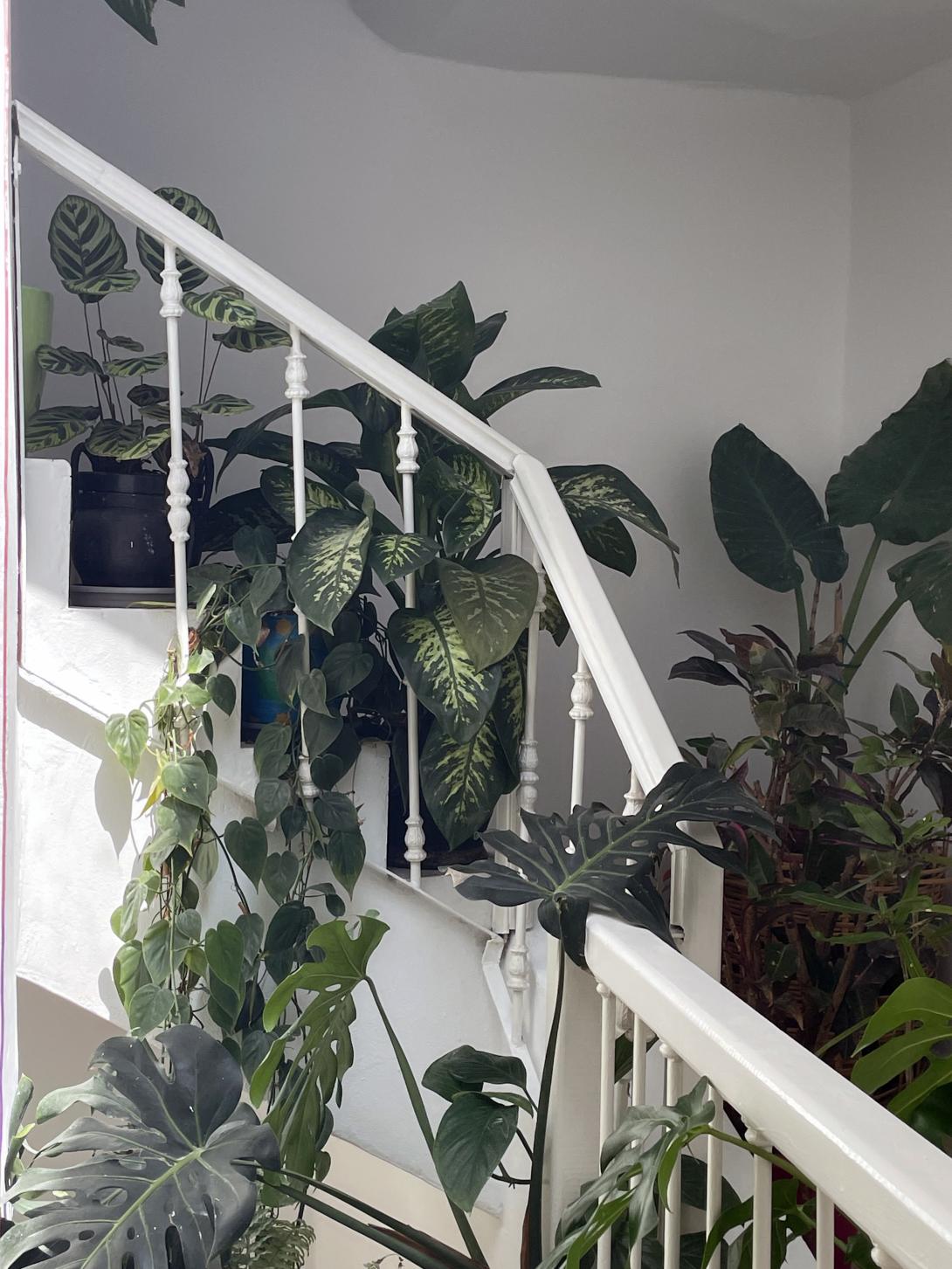
Introducing the living into the built environment, questioning the place of plants in our daily universe, against the backdrop of the enrichment of our contemporary living environments thanks to the constantly evolving relationship between man and nature.
Who hasn't dreamed of living in a tree house in the middle of lush vegetation in Bali, with the window open to the Amazon rainforest, smelling the woody and flowery scents of the vegetation. Many of us live in cities, sometimes in small spaces, far from nature.
Have you ever noticed that the soft or deep green of a plant has the power to let you breathe, relax and brighten up the moment?
This is the magic power of plants.... Hush....
2- Which plants where?

